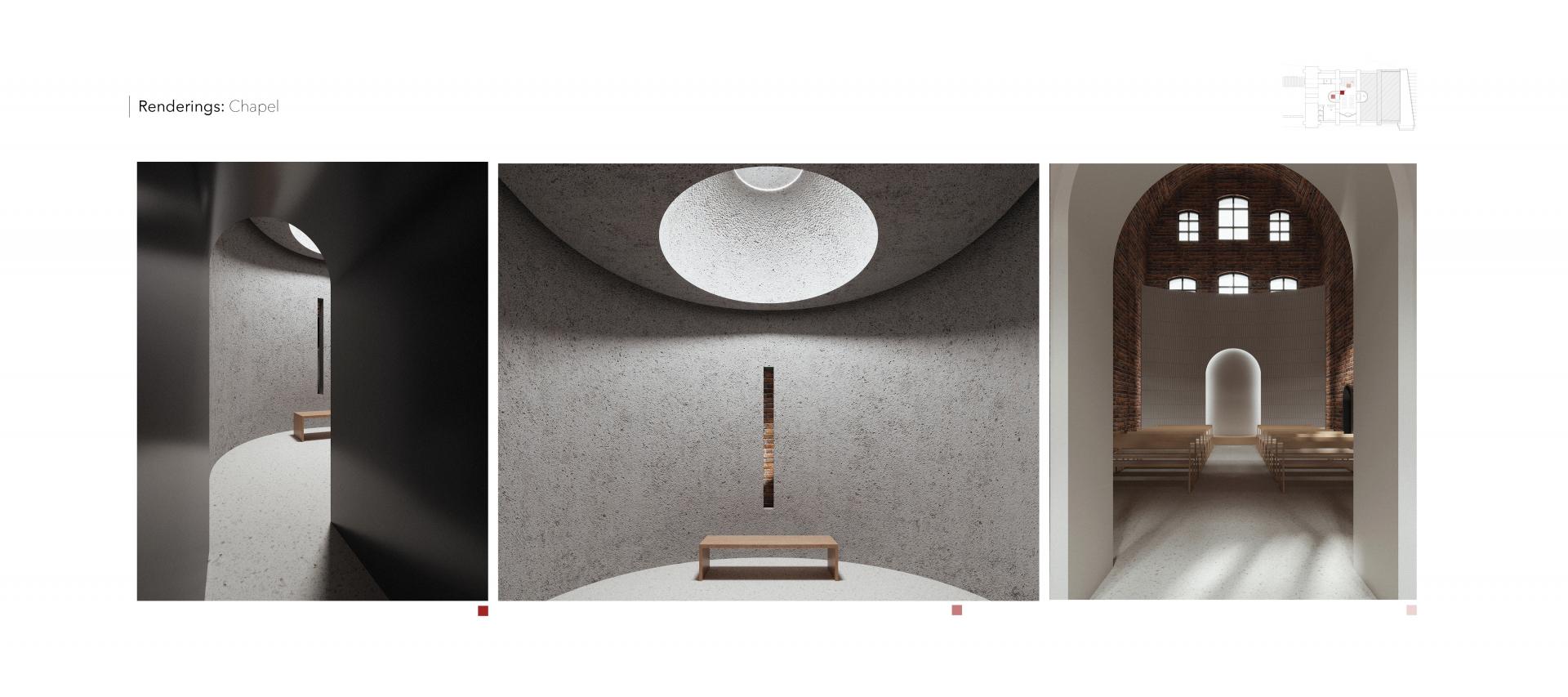Image
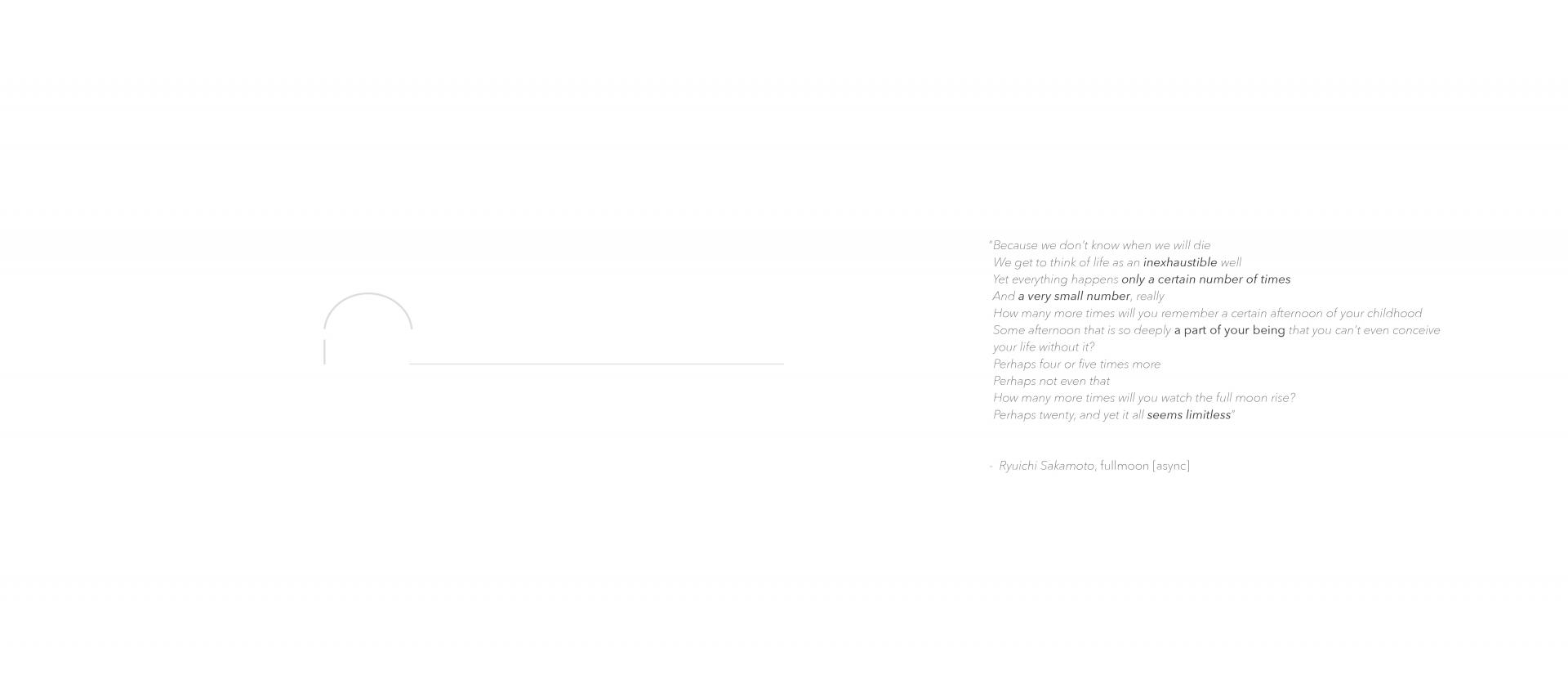
XIN REN
RE-CONNECT
Image
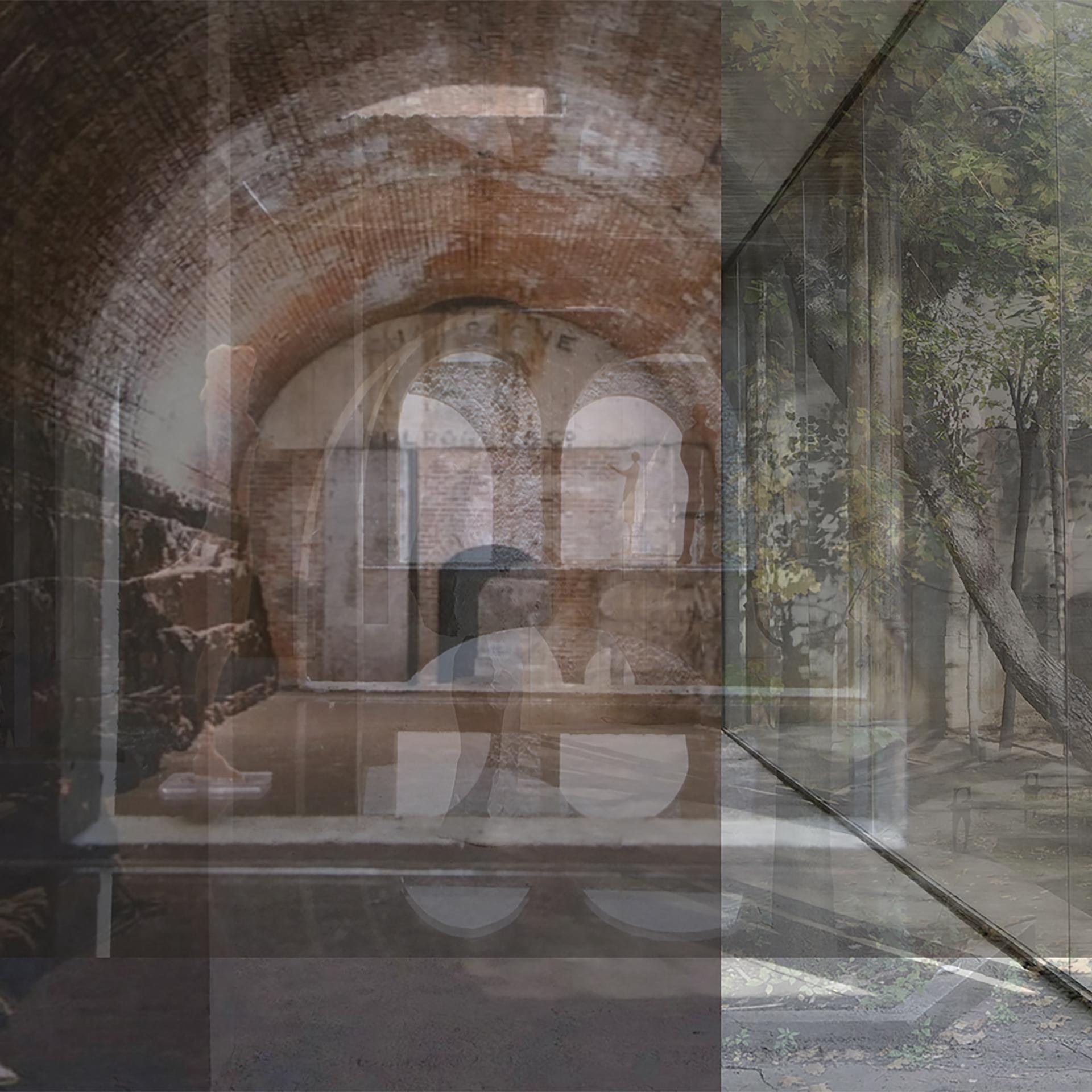
ABSTRACT:
We live in an era of contradiction: the order of the external world always stands in an ambiguous relationship to individual autonomy. In this time of high industrialization and fast paced efficiency, the development of technology has not only greatly reduced the distance between space and time, but also causes the over-coupling effect in social division: institutions are formed with a dangerously strong and stable dependence on each other. This excessive reliance on one another weakens their independence and resilience. Meanwhile, in this hyper-connected society, access to instant satisfaction through consumption and fragmented entertainment is the norm. Similar to the second law of thermodynamics, entropy increases and only increases: In an age of addiction to instant satisfaction, people’s lives suspend through this dynamic and constantly accelerating world.
City dwellers used to adapt to this liquid and flexible world: drawn to identity-makers and to groups that help them define “self,” - using others to fill out our identities too much, rather than relying on something internal. People should be able to survive in moments that feel meaningless, without external support. Life is defined by ephemerality, and interpersonal bonds are fragile; all of us experience feelings of fear, confusion and aimlessness due to lack of belonging. On the other hand, along with the uprising of meditation therapy and retreat journeys in recent years, people seem to be more interested in exploring ways to concentrate on the self more fully. Apart from much discussed visits to “nature”, the true possibility of having solitary moments in urban life is offered by public spaces such as galleries, libraries and chapels. All these programs, which have the benefit of maintaining collective order and enabling personal exploration, help individuals to create a bubble of anonymity surrounding themselves.
With a clearheaded view on human life’s limitation and purposelessness, while most designs are aimed against isolation and create communal or shared space, this thesis seeks to have a conversation about how best to solve people’s loneliness. By adapting and reusing the abandoned Brooklyn Bridge’s Anchorage, this intervention will offer different degrees and quality of solitude while making peace with our own psyche. In this age of pandemic, it will be a chance to escape the noise and bustle of the city and be alone for some time. The footings of the bridge will stand as a tool for both reconnecting and improving the resilience of the built environments, and supporting autonomy in public urban life.
Image
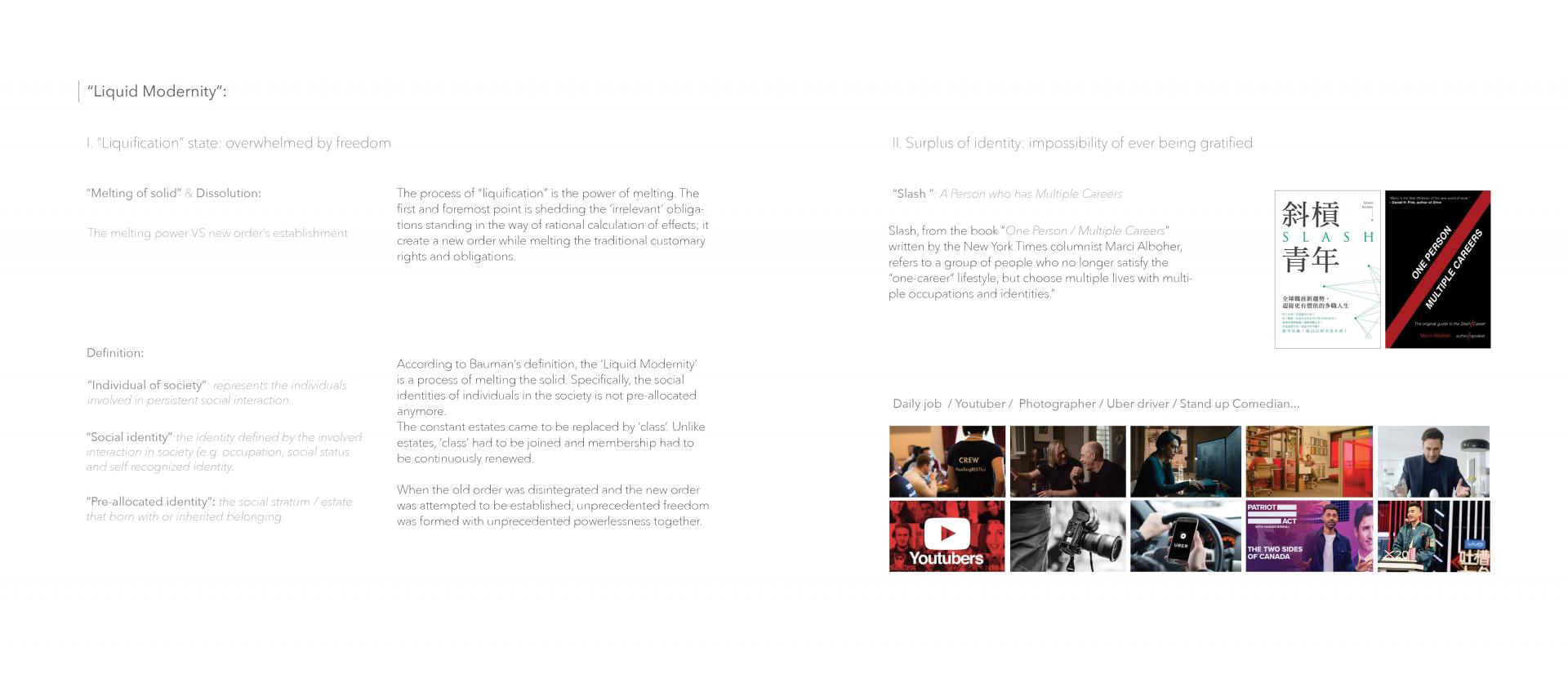
Image
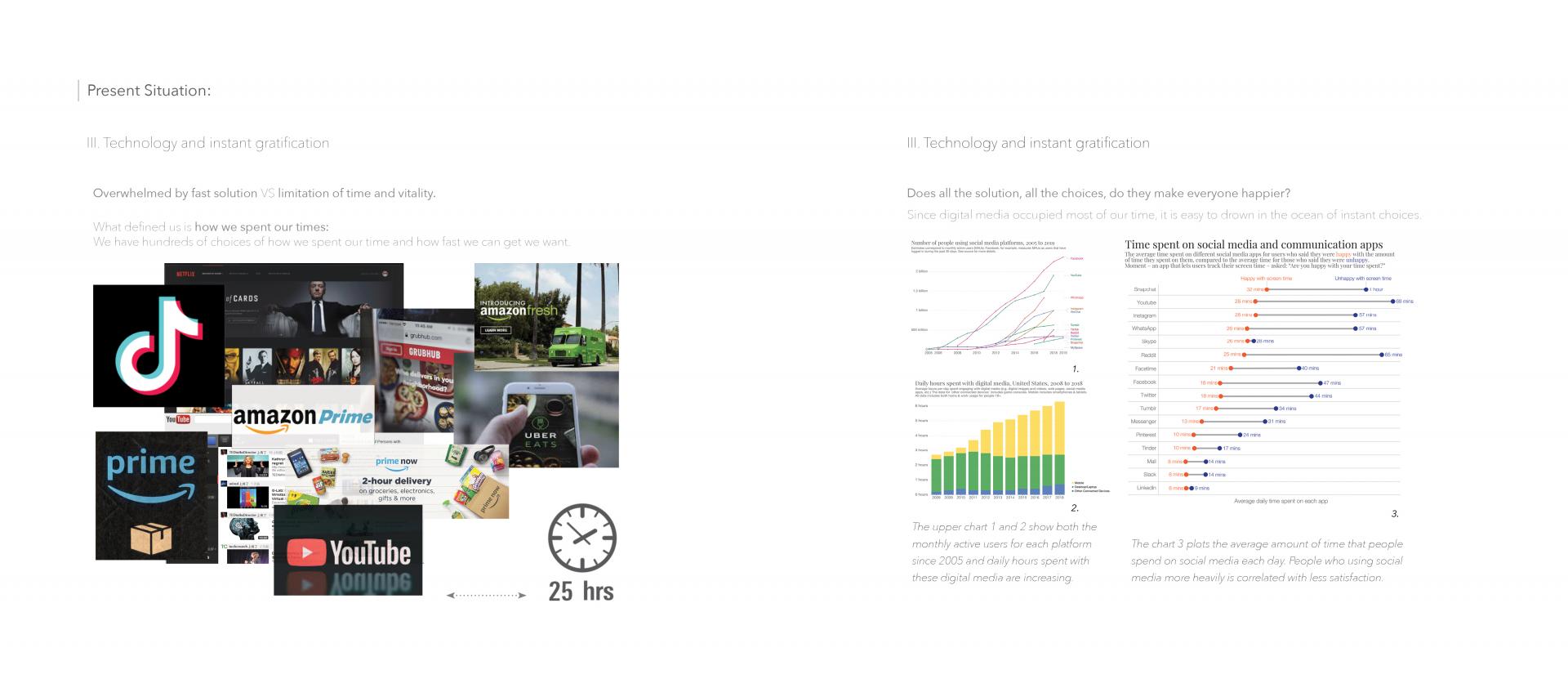
Image
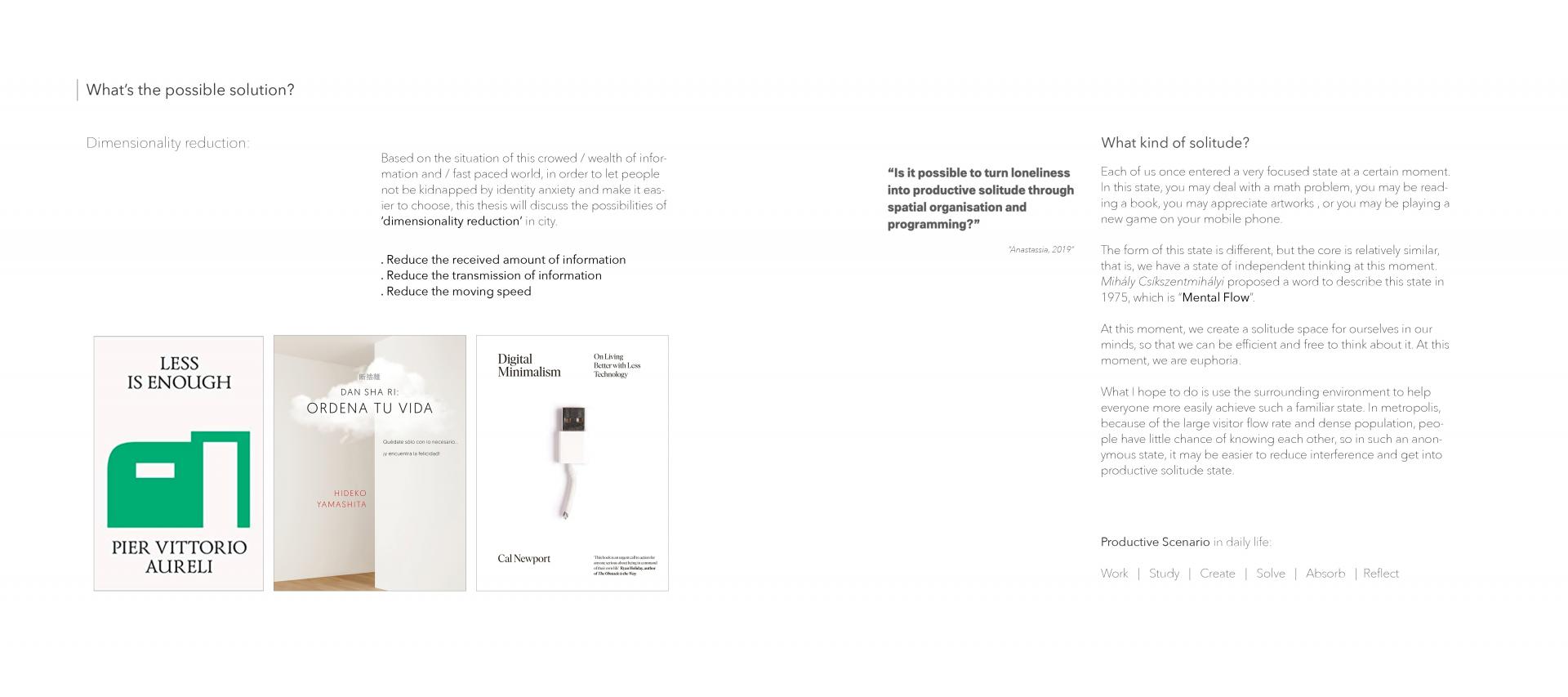
Image
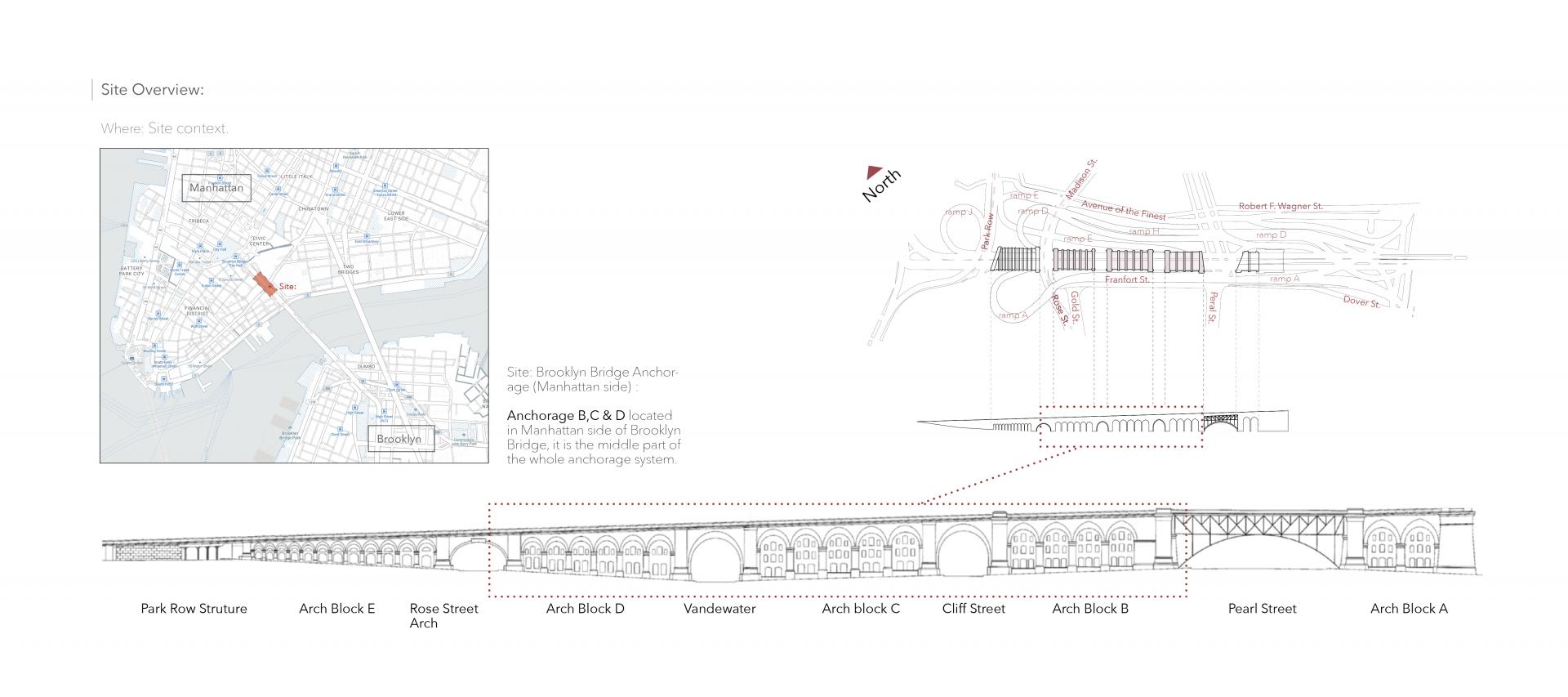
Image
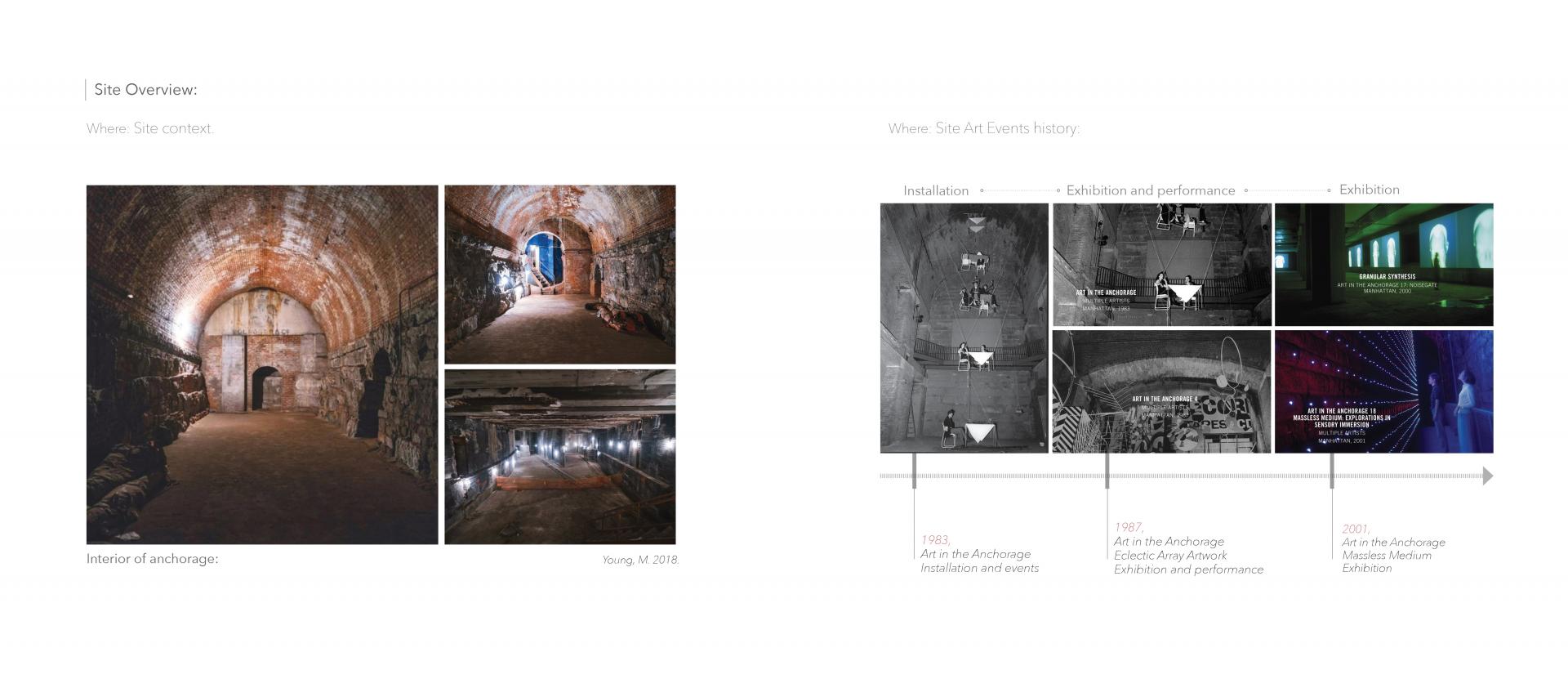
Image
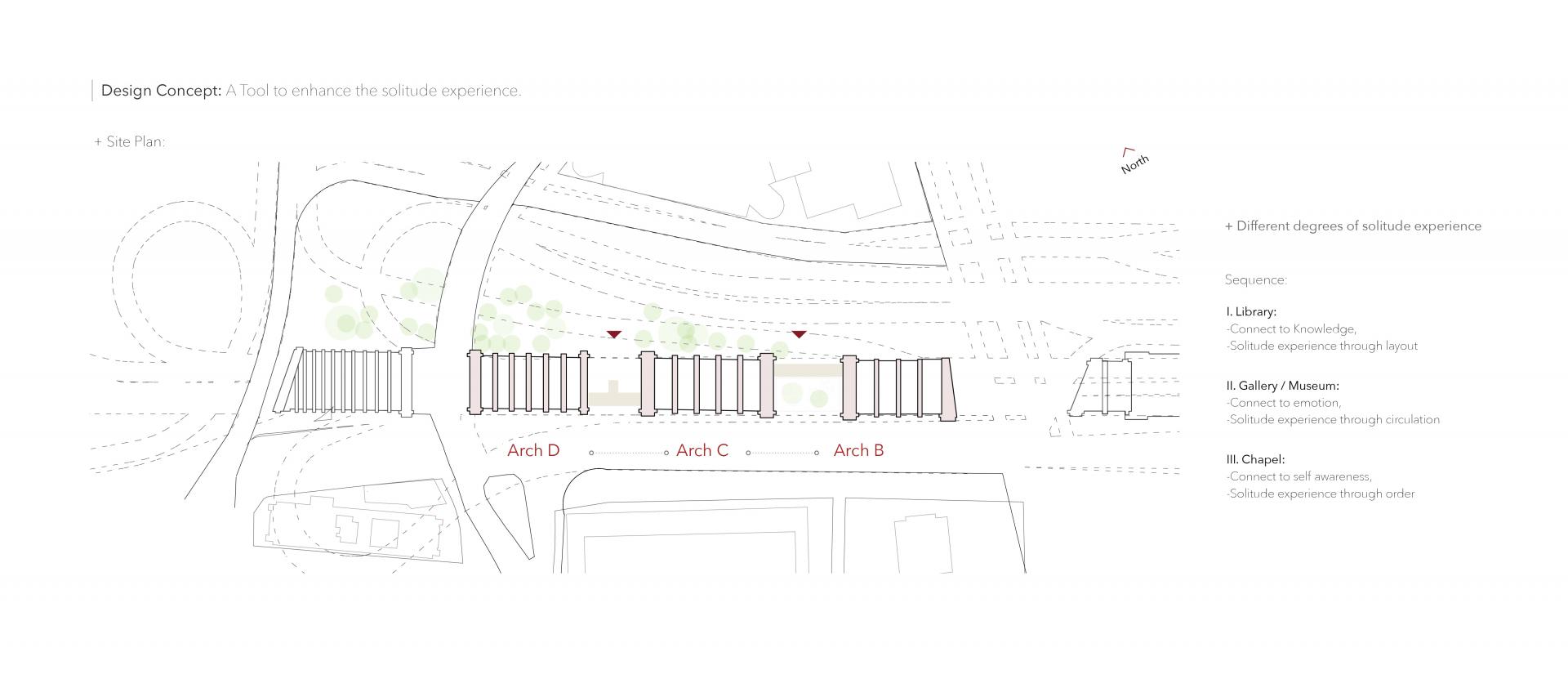
Image
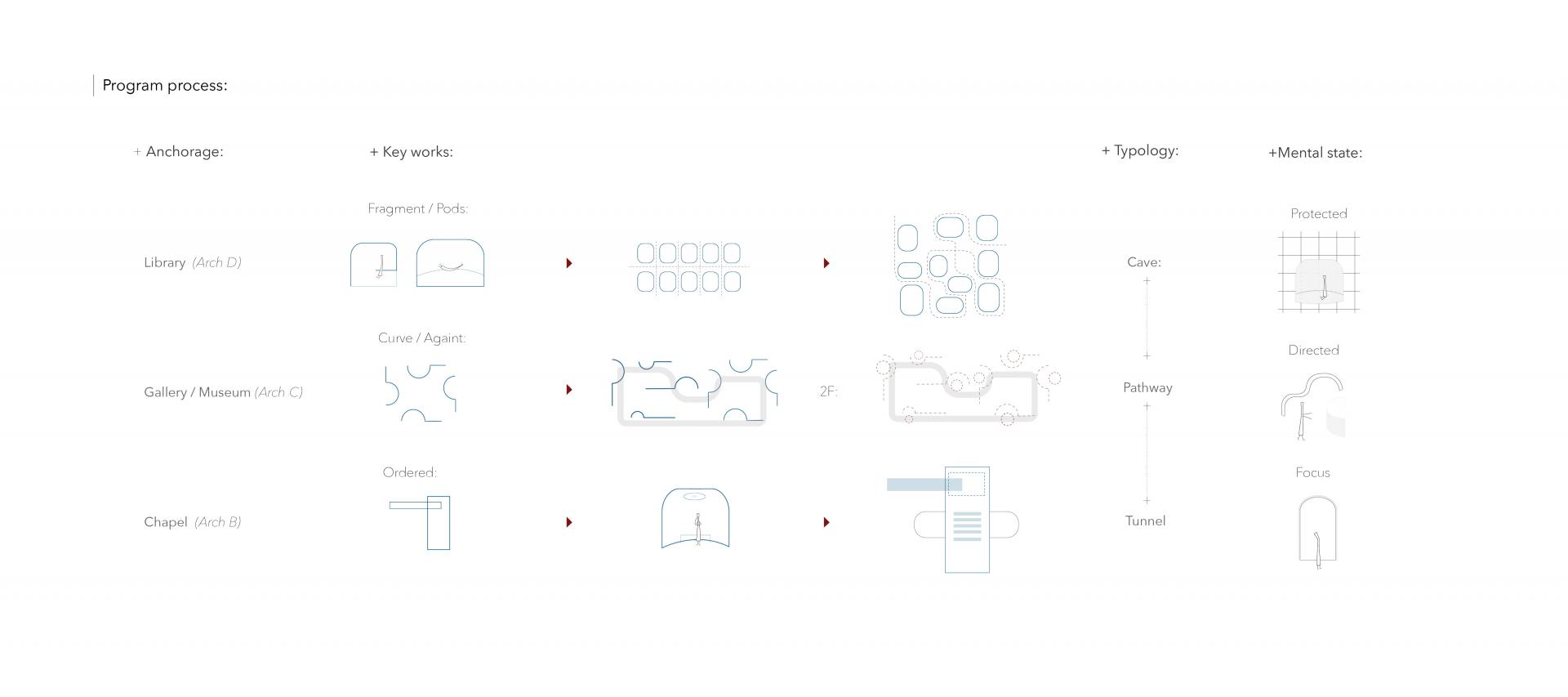
Image
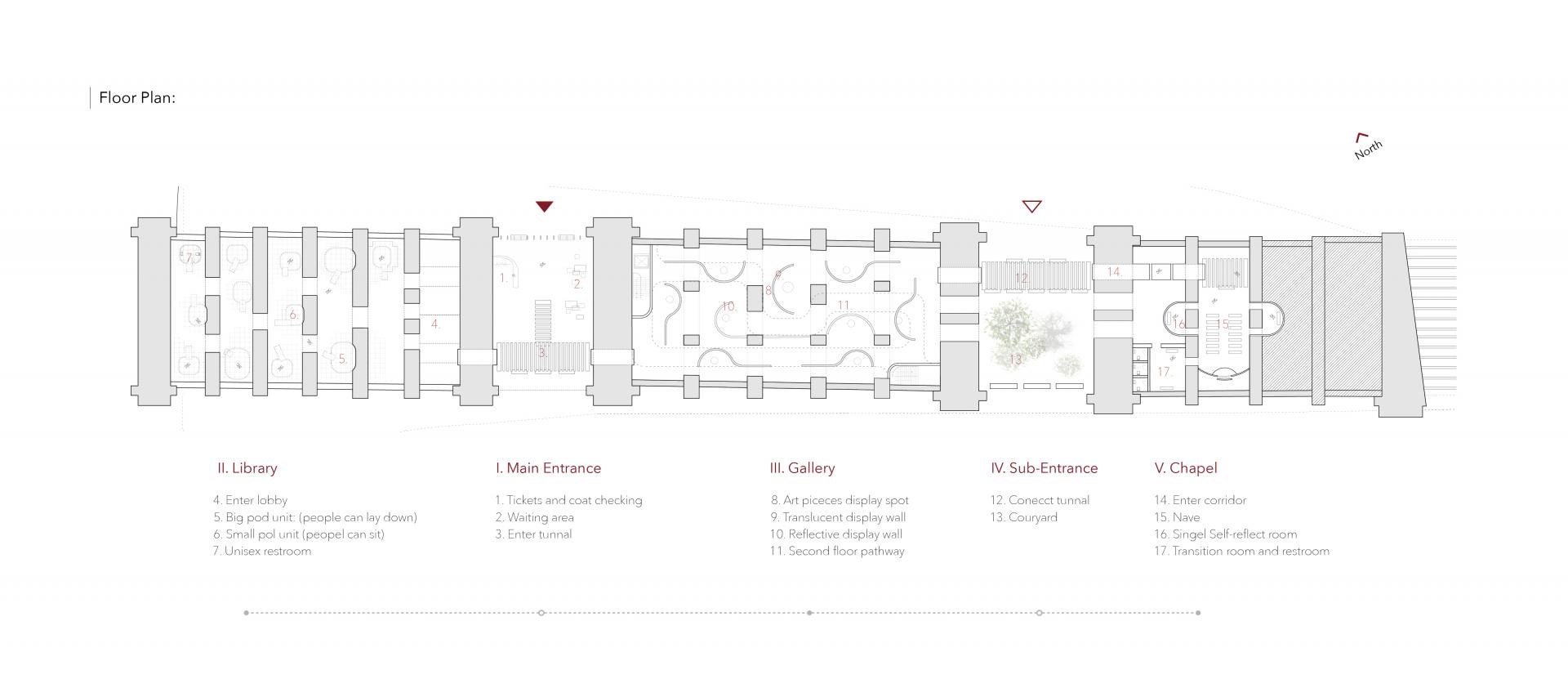
| Renderings: Library
Image
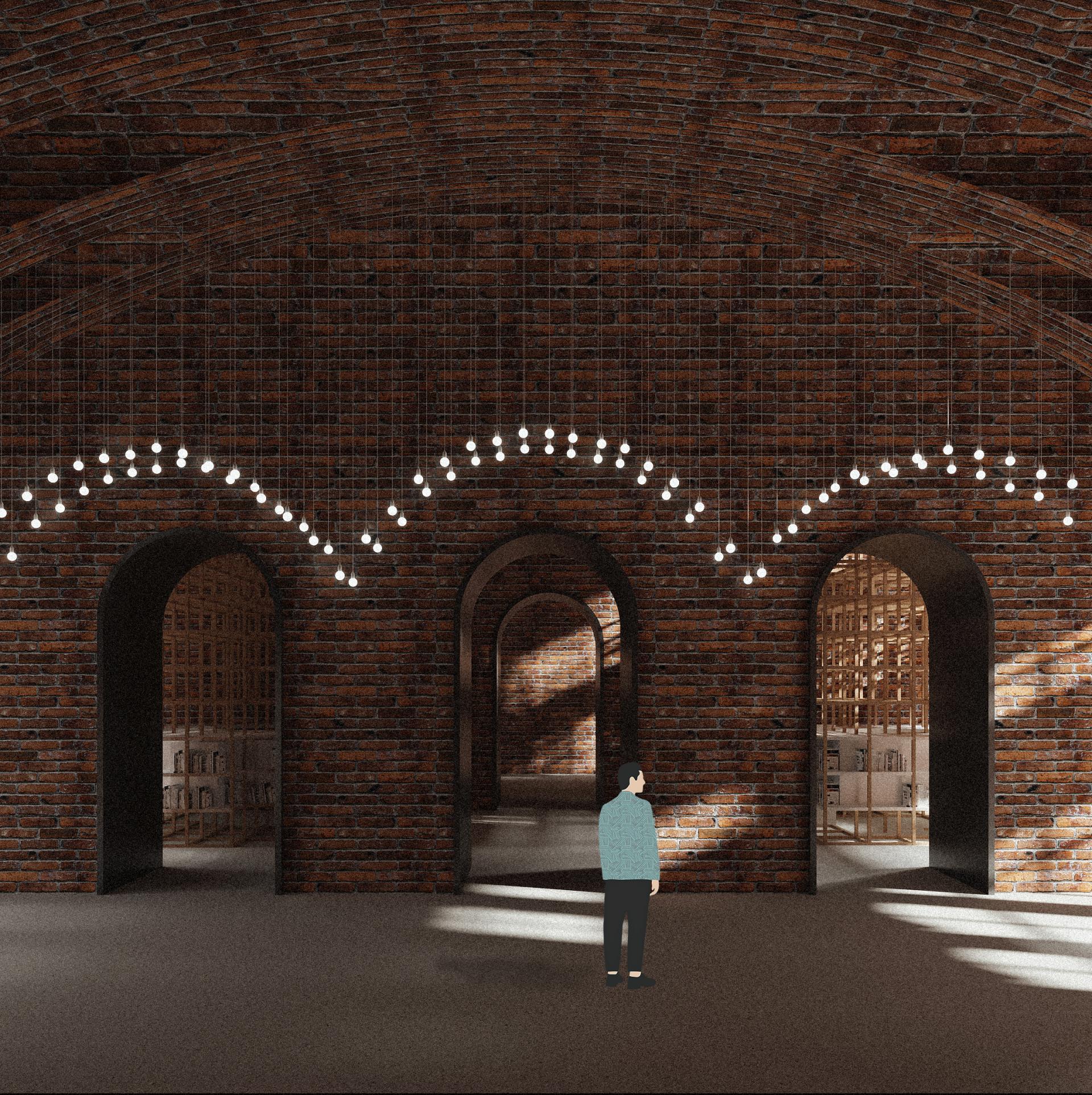
Image
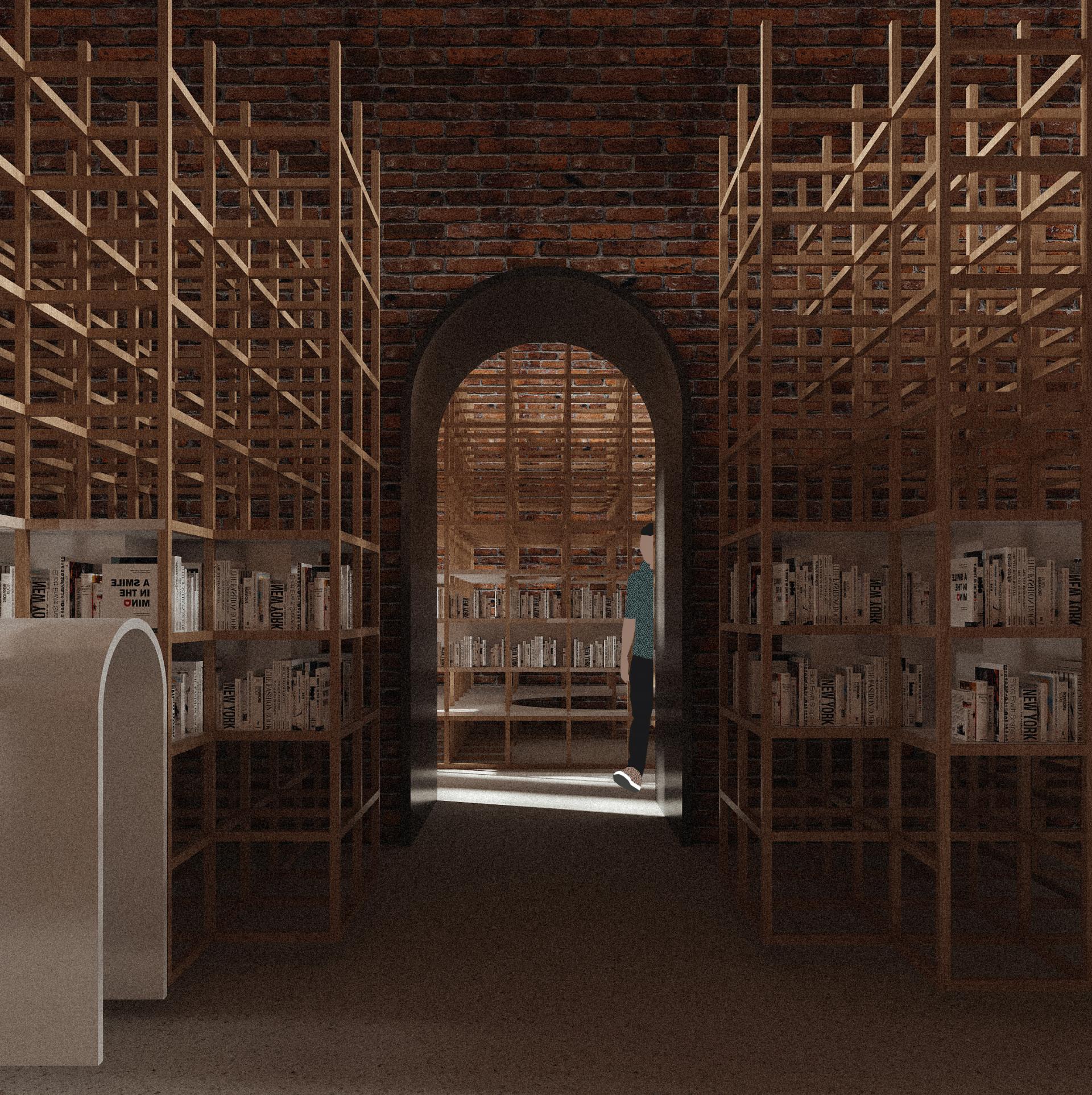
Image
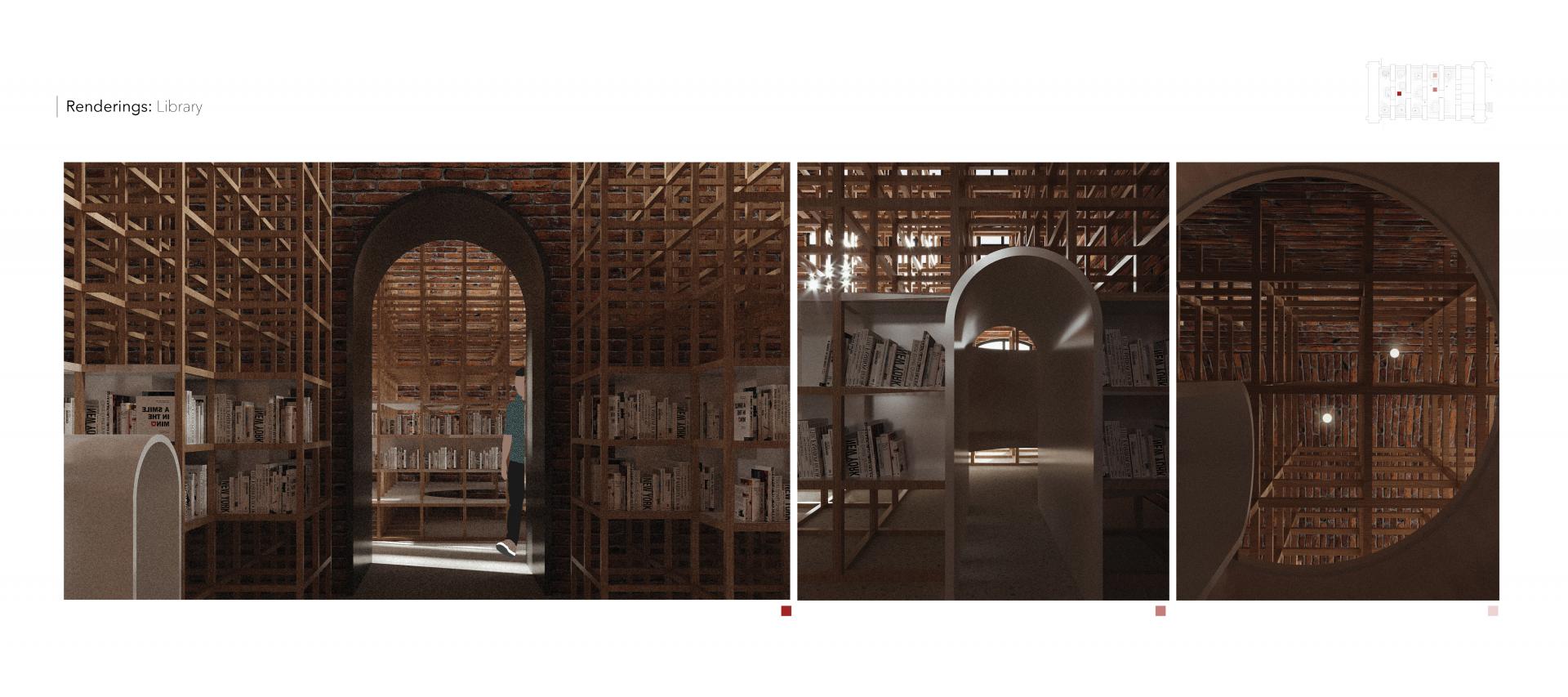
| Renderings: Gallery
Image
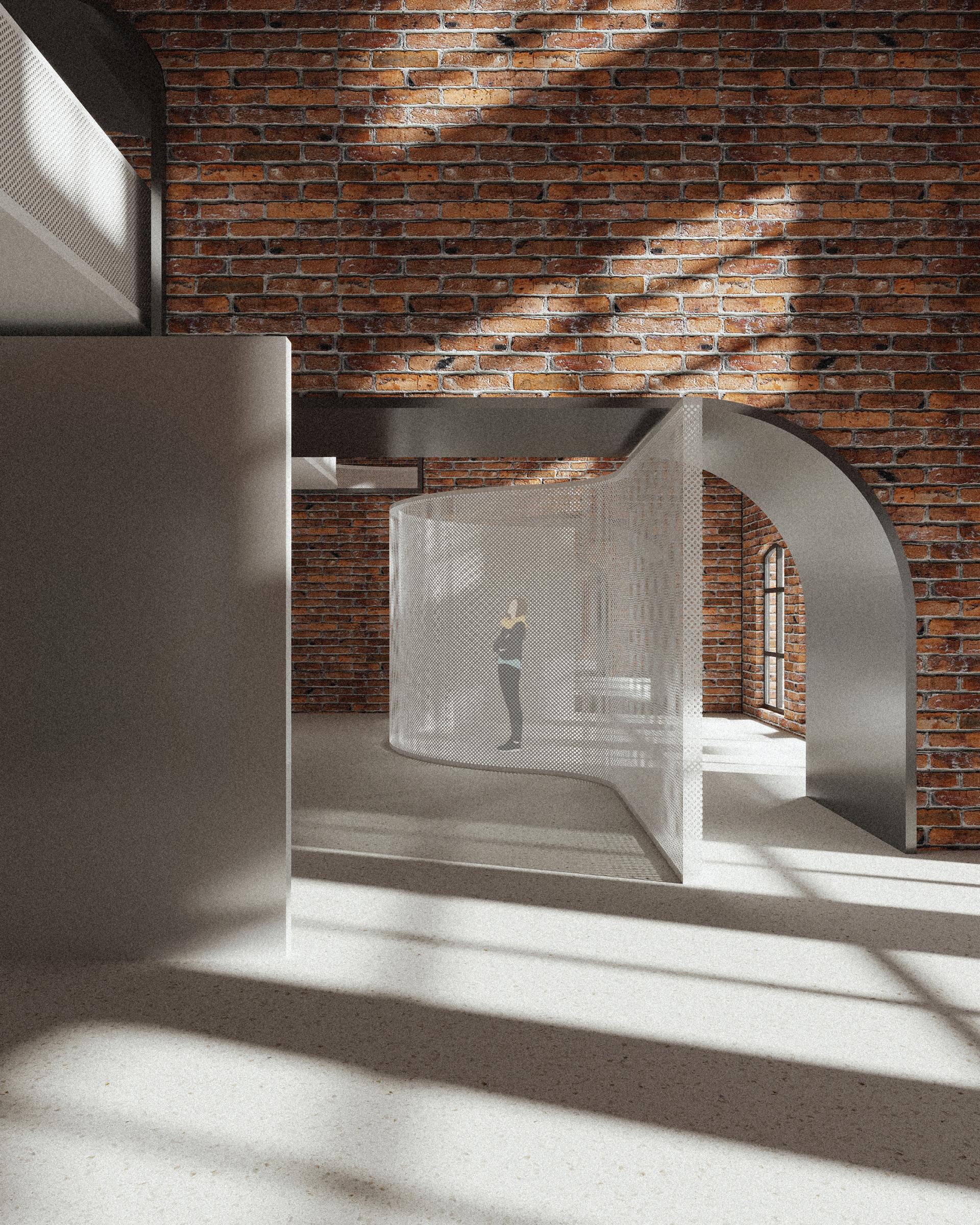
Image
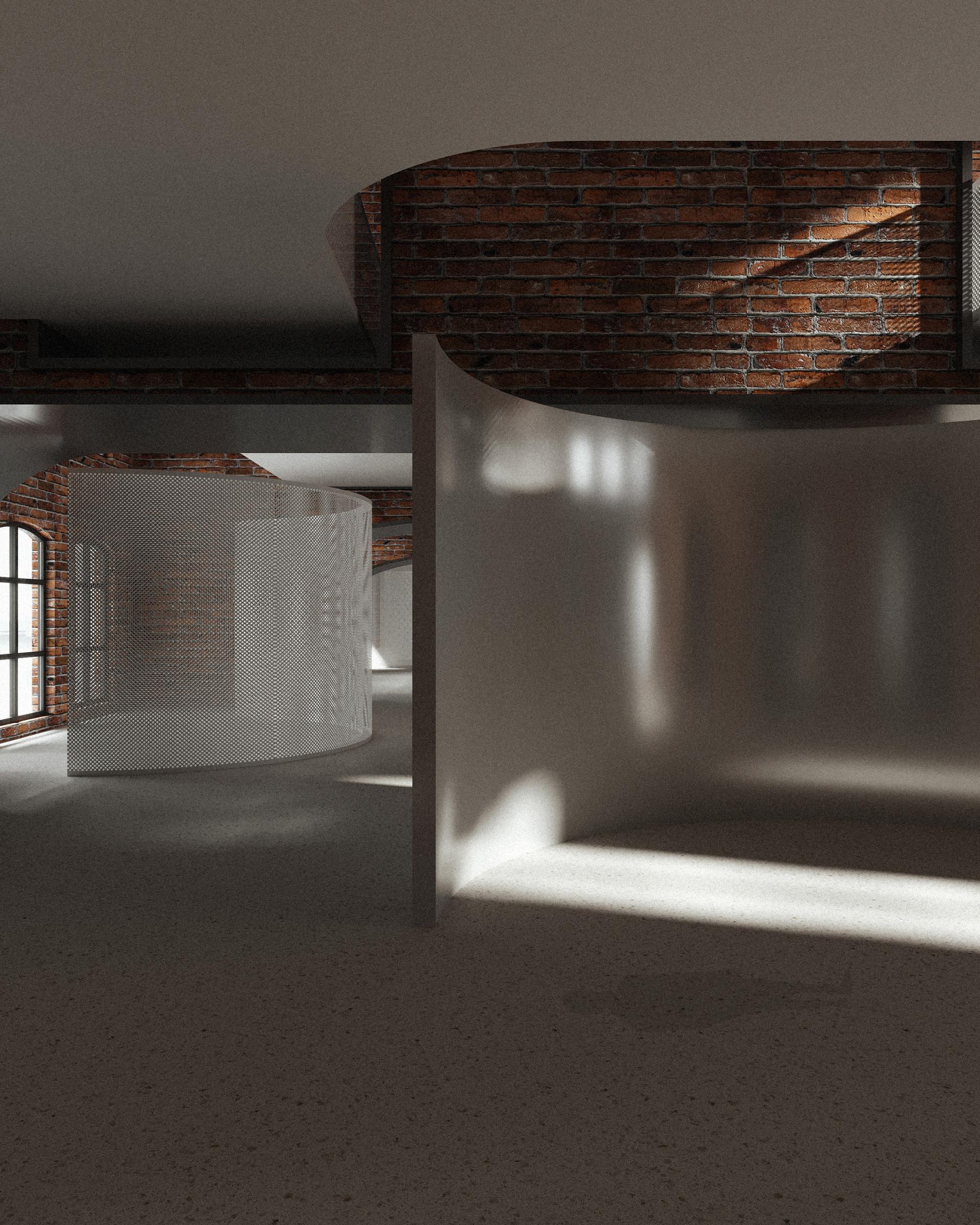
Image
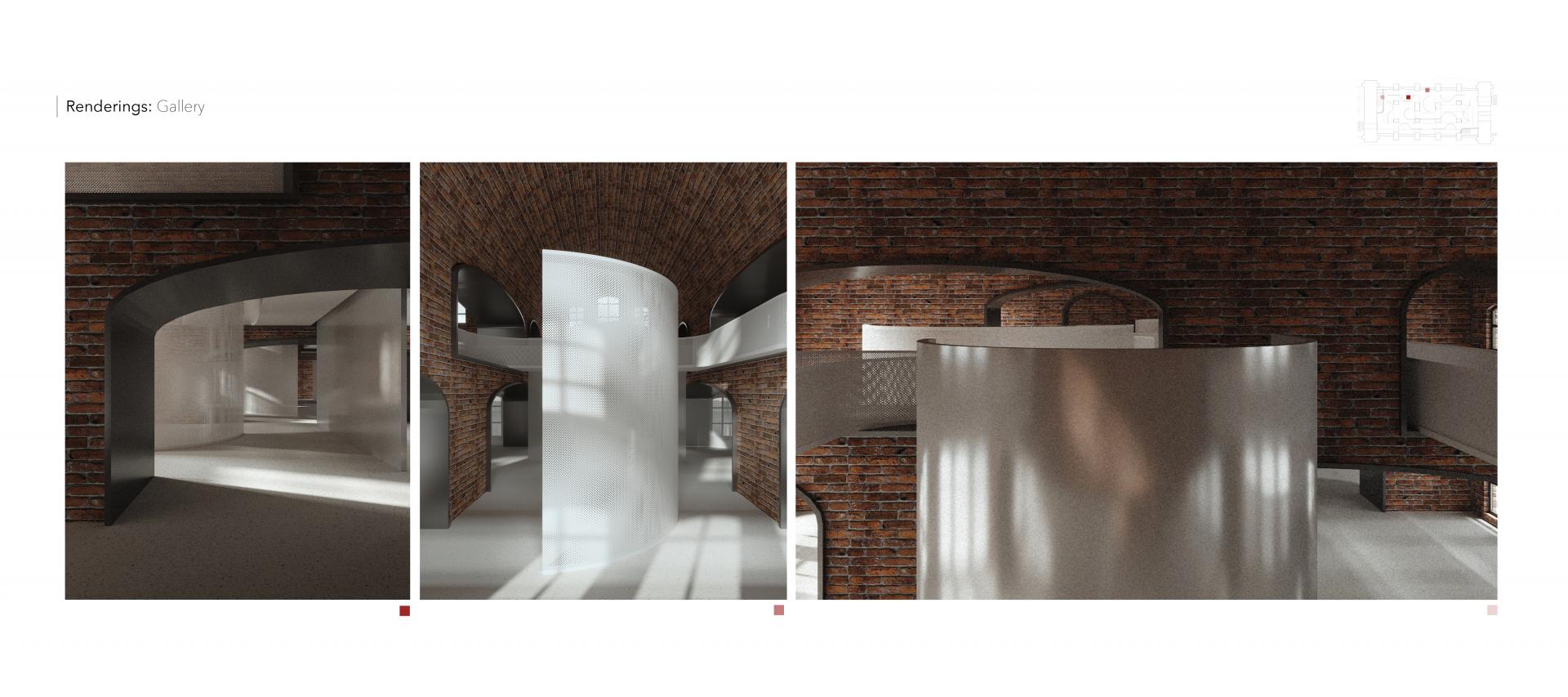
| Corridor
Image
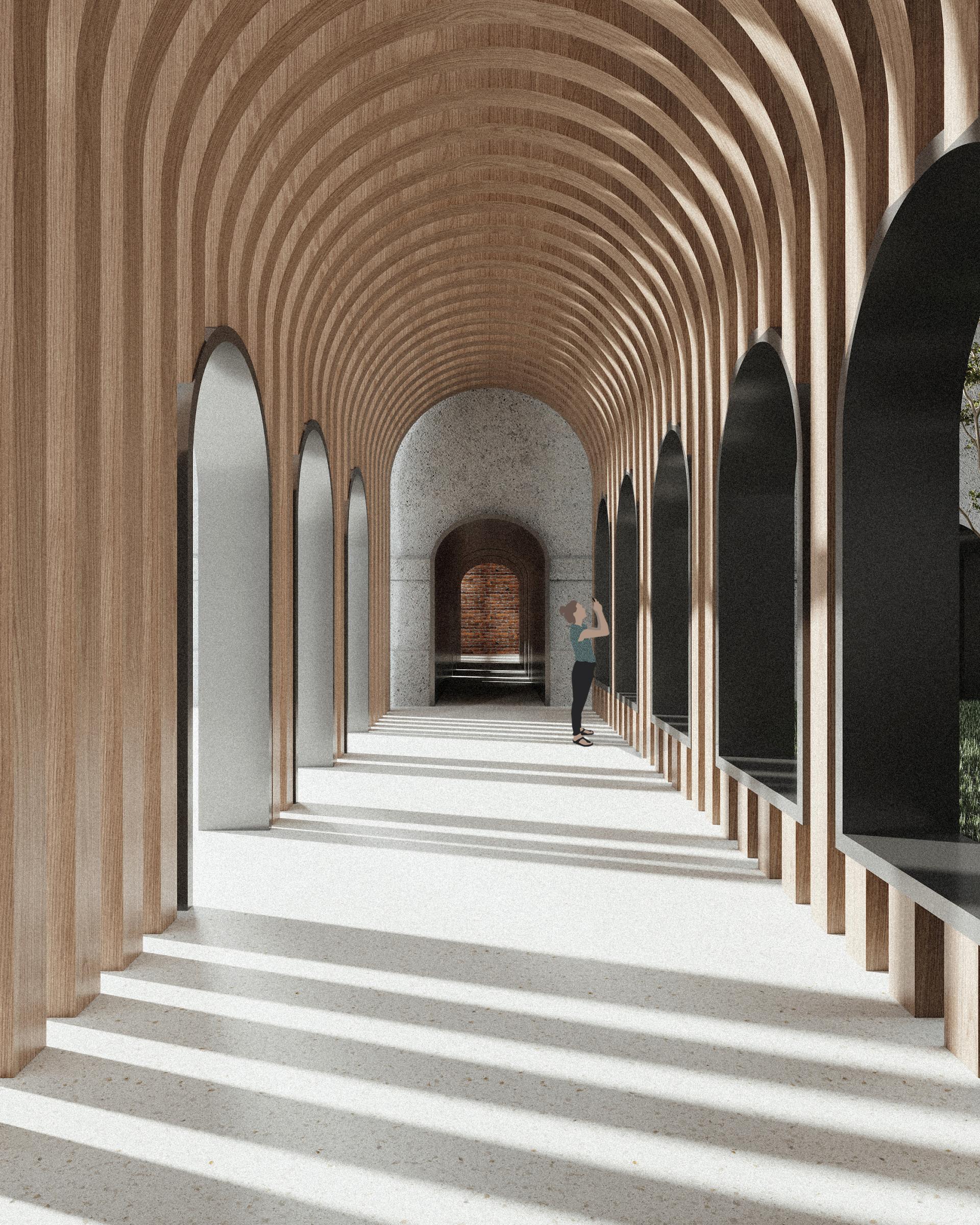
| Renderings: Chapel
Image
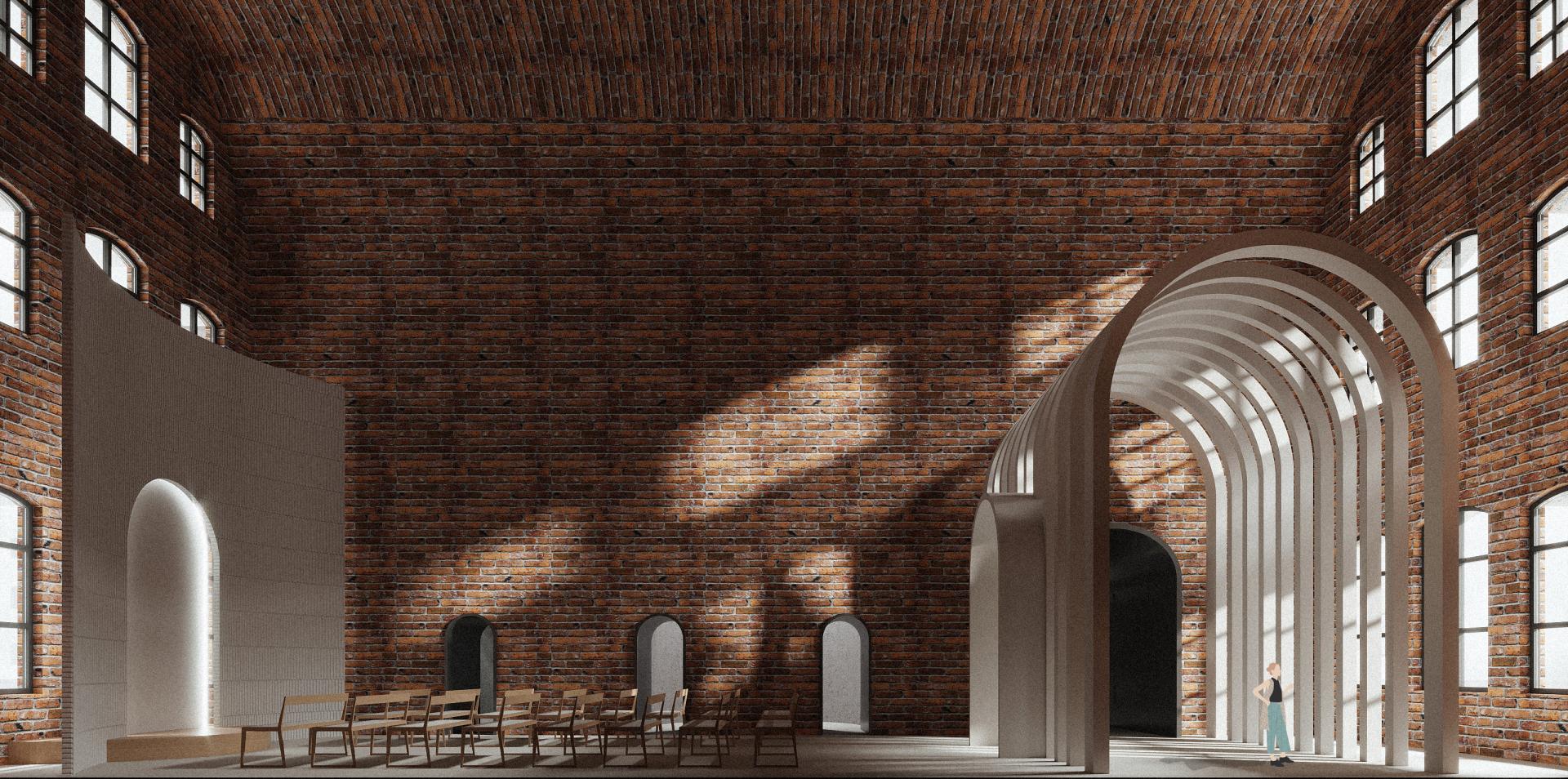
Image
